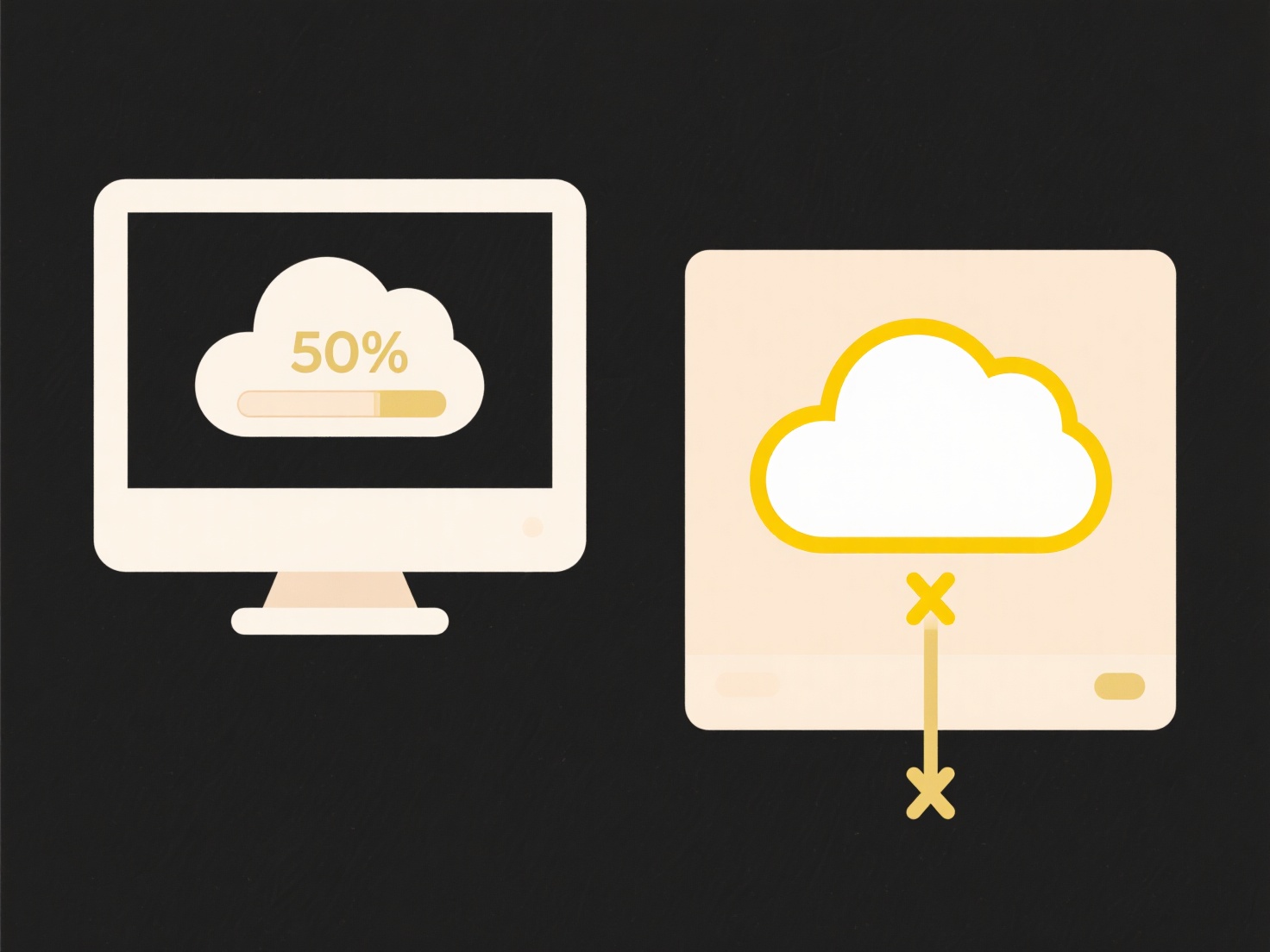
Execute permission determines whether a specific user or group is allowed to run a file as a program or script. It is a fundamental part of file system permissions on computers, distinct from read permission (viewing file content) and write permission (modifying file content). When a file has execute permission set for your user account or group, the operating system will allow you to initiate its execution directly.

For example, on Linux or macOS systems, you grant a shell script (backup.sh) execute permission using the chmod +x backup.sh command; you can then run it by typing ./backup.sh in the terminal. Web servers often rely on execute permission for CGI scripts or PHP files to generate dynamic web page content securely, ensuring only authorized scripts can run.
The primary advantage of execute permission is enhanced security; it prevents unauthorized or accidental execution of potentially harmful programs. A key limitation is inconsistency: Windows primarily uses file extensions (like .exe or .bat) rather than a separate execute permission bit, though NTFS permissions still offer control. Ethically, execute permission is crucial for protecting systems from malware. Future trends involve integrating it more seamlessly with container and cloud security models.
What does execute permission mean?
Execute permission determines whether a specific user or group is allowed to run a file as a program or script. It is a fundamental part of file system permissions on computers, distinct from read permission (viewing file content) and write permission (modifying file content). When a file has execute permission set for your user account or group, the operating system will allow you to initiate its execution directly.

For example, on Linux or macOS systems, you grant a shell script (backup.sh) execute permission using the chmod +x backup.sh command; you can then run it by typing ./backup.sh in the terminal. Web servers often rely on execute permission for CGI scripts or PHP files to generate dynamic web page content securely, ensuring only authorized scripts can run.
The primary advantage of execute permission is enhanced security; it prevents unauthorized or accidental execution of potentially harmful programs. A key limitation is inconsistency: Windows primarily uses file extensions (like .exe or .bat) rather than a separate execute permission bit, though NTFS permissions still offer control. Ethically, execute permission is crucial for protecting systems from malware. Future trends involve integrating it more seamlessly with container and cloud security models.
Quick Article Links
What’s the best format to export vector graphics from Illustrator?
Adobe Illustrator offers multiple vector export formats, each serving distinct purposes. Vector graphics use mathematica...
What happens if two files have the same name during a transfer?
During file transfers, a naming conflict occurs when two files share the same name within the same destination directory...
How do I rename using voice input or dictation?
Renaming using voice input or dictation allows you to select an object and verbally command a new name instead of typing...